Drive along Lake Pukaki’s shoreline and you will be impressed by its pale glacial blue colour. On a sunny day the sky will be a contrasting deep blue and at a certain turn in the road the huge white bulk of the Cook Range will suddenly be revealed.
The sheer presence of New Zealand’s highest peak is instantly spellbinding. Mt Cook soars above the Tasman River bed and dominates its surroundings. The mountain forms the centrepiece of a giant canvas of snow-capped mountains, glaciers, rivers and lakes. The view from the lakeside is one of the most memorable, right up there with those iconic scenes of Mitre Peak at Milford and the Remarkables at Queenstown.
Mt Cook was named for the great navigator, Captain James Cook, in 1841. It is interesting to note that he did not actually see the peak when he sailed past in 1770. The Mt Cook National Park has 22 of New Zealand’s 27 mountains over 3,050 metres and Mt Cook at 3,755 metres, is the highest point in Australasia. This national park, together with Mt Aspiring and Westland parks, form Te Waipounamu UNESCO World Heritage Area.
Although the region is a mecca for mountaineers and Sir Edmund Hillary trained here, it offers many opportunities for walkers and trampers. Perhaps the most visually exciting and uplifting tramp is the 1 hour trek up the valley to the terminal face and lake of the Hooker Glacier. Once across two dramatic swing bridges you will find that Mt Cook is an overwhelming presence in the valley. The placid, iceberg-strewn lake is a magical scene where blocks of ice ‘calve’ off the terminal face.
Other tramps open up different alpine vistas. Kea Point Lookout reveals subtle changes in evening light on Mt Cook’s summit. The Sealy Tarns and Mueller Hut are a steep climb revealing startling views of Mts Sefton and Cook in perfect silence, sometimes punctuated with the roar of avalanches on Sefton’s slopes. The Red Tarns and Mt Sebastopol provide the best 360° panorama of the Tasman, Hooker and Mueller valleys, with The Hermitage and Mt Cook village appearing in miniature far below. In the Tasman Valley you can enjoy views of the glacier, Blue Lakes and Wakefield Falls. Scenic flights in ski-equipped aircraft are a popular option, especially those landing on the snowfields of the Tasman Glacier.
Mt Cook National Park is for all outdoor lovers. A good pair of boots, a jacket, water bottle and camera are all you need for close up views of the mighty monarch of the Alps.

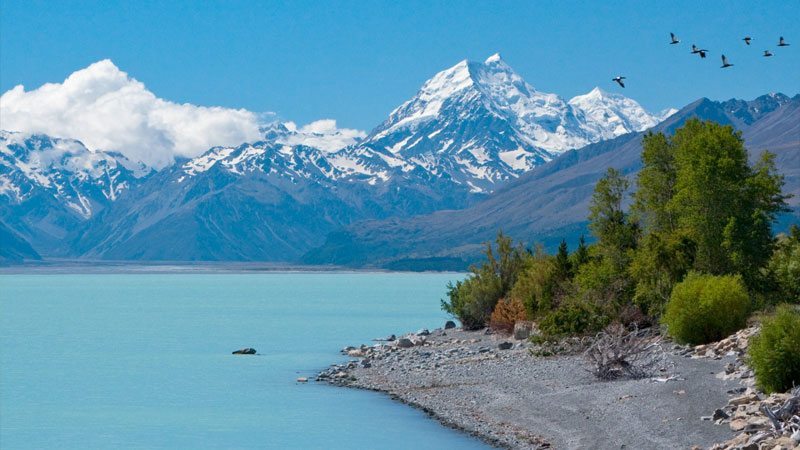
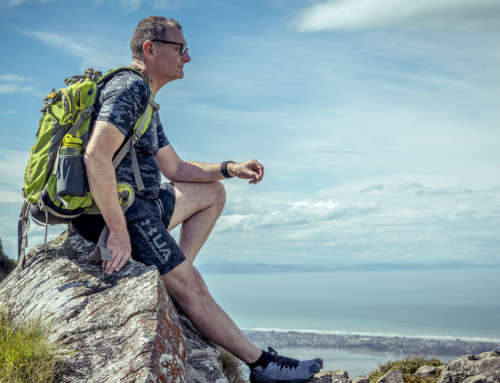
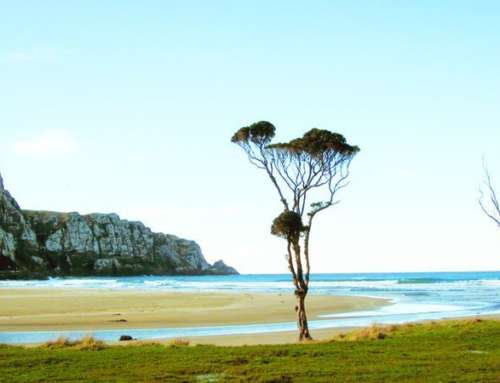
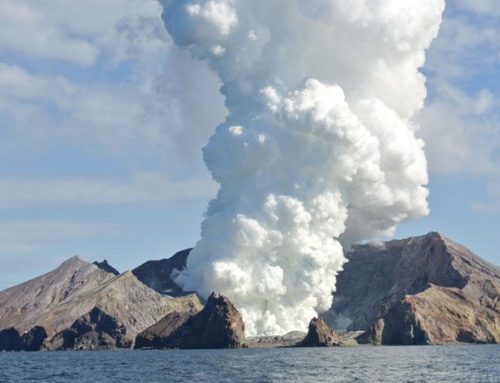
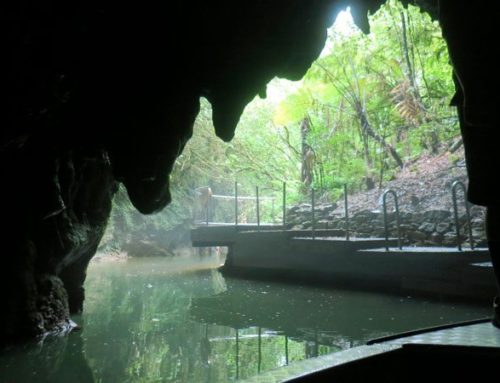
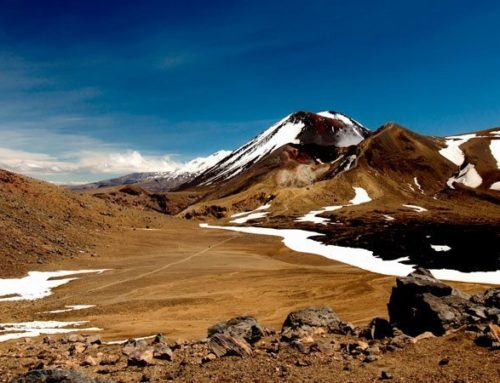
Leave A Comment